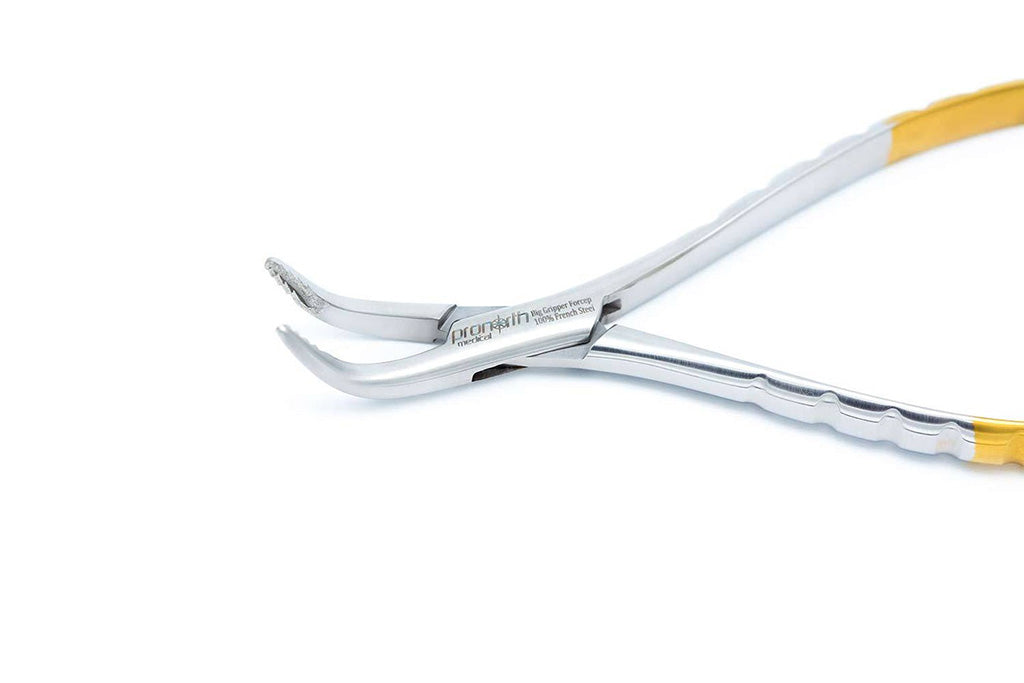

· By Trevor Horne
What Are The Different Types Of Dental Extraction Forceps?
Dental extraction forceps play an important role when it comes to the extraction of teeth. Dental forceps help to reduce the level of trauma on the site of the extraction, something that aids in the quick healing of the tooth. Dental forceps do this by luxating the area of extraction which in turn makes it easier to cut through the ligaments.
Dental extraction forceps come in many different designs which in turn dictate their different roles in teeth extraction. In this article, we look at the different dental extraction forceps.
Maxillary Anterior Forceps
Designed to extract teeth that are located in the upper anterior, maxillary anterior forceps feature blades that have no spaces between them. They also have relatively narrow beaks which are conical in order to adhere to the shape of the upper anterior teeth. Many dentists also use them to extract retained roots of anterior teeth.
Maxillary Canine Forceps
These forceps feature very heavy blades and also have limited space from one blade to another. They are very effective in the extraction of maxillary canines as they are straight-shaped. Some dentists also use them to extract central incisors. They work effectively to remove teeth located in the left and right quadrants of the mouth.
Upper Atraumatic Molar Forceps
These feature two bends and a buccal blade with a projection. The alternative blade, called the palatal blade, is smooth. The way these forceps work is that the projection is designed to reach the molar’s roots. For this kind of forceps, you should get two sets for the left and right quadrant.
Lower Anterior Teeth Forceps
These are used for the extraction of a lower anterior tooth. It features a perpendicular frame which is located perpendicular to the long axis of the handle. Like all the others we have covered so far, they also do not have any breaks between the blades. This allows you to use the same forceps for the extraction of teeth on the left and on the right. There are however variants for canine teeth which are heavier in order to cope with the more deep-set canine teeth.
Forceps for the Lower Molars
Given the fact that lower molars tend to be heavier, this variant of forceps features very heavy blades, they have no spaces between them and both blades have projections on them. Modern designs tend to feature a curved handle making them easier to grip. The two projections on the blade often lead to people referring to them as cow-horn forceps. The projections make it easy to extract molars by enhancing the instrument’s grip on the tooth.
Forceps for Atraumatic Root Extraction
These are special kinds of forceps that are used for the extraction of atraumatic roots. Given that it has to reach into the socket in order to remove the remaining root tissue, root extraction forceps feature a long beak. The handle design also features bumps, designed to enhance grip due to the delicate nature of root extractions.
